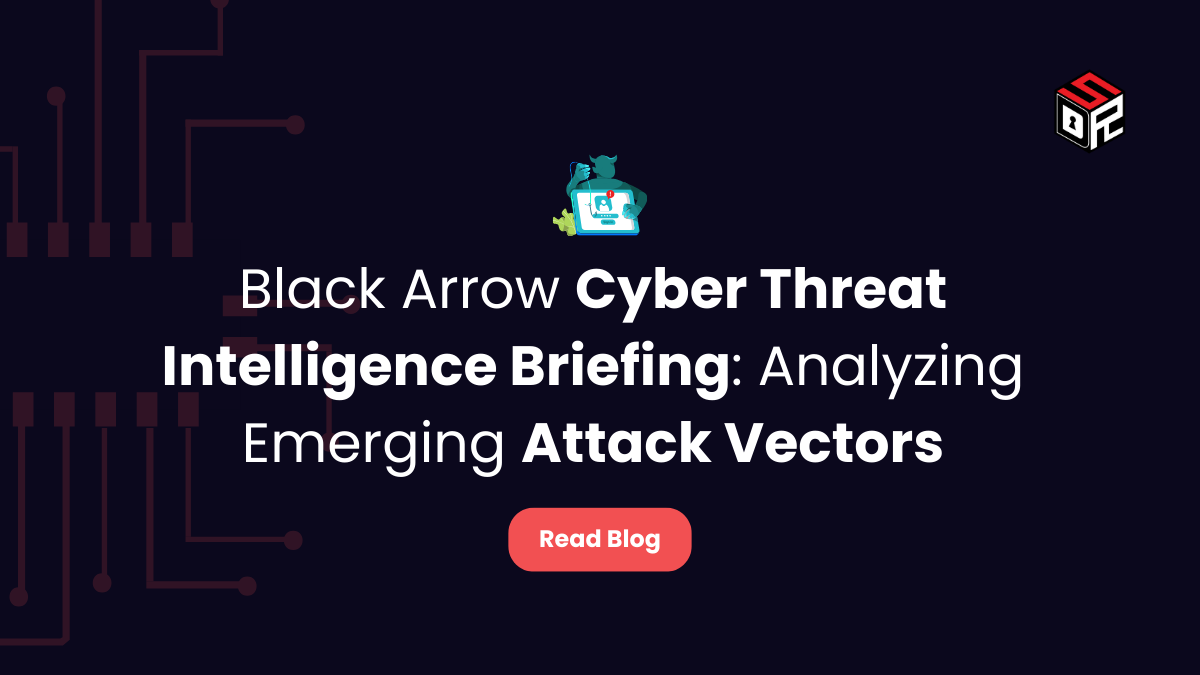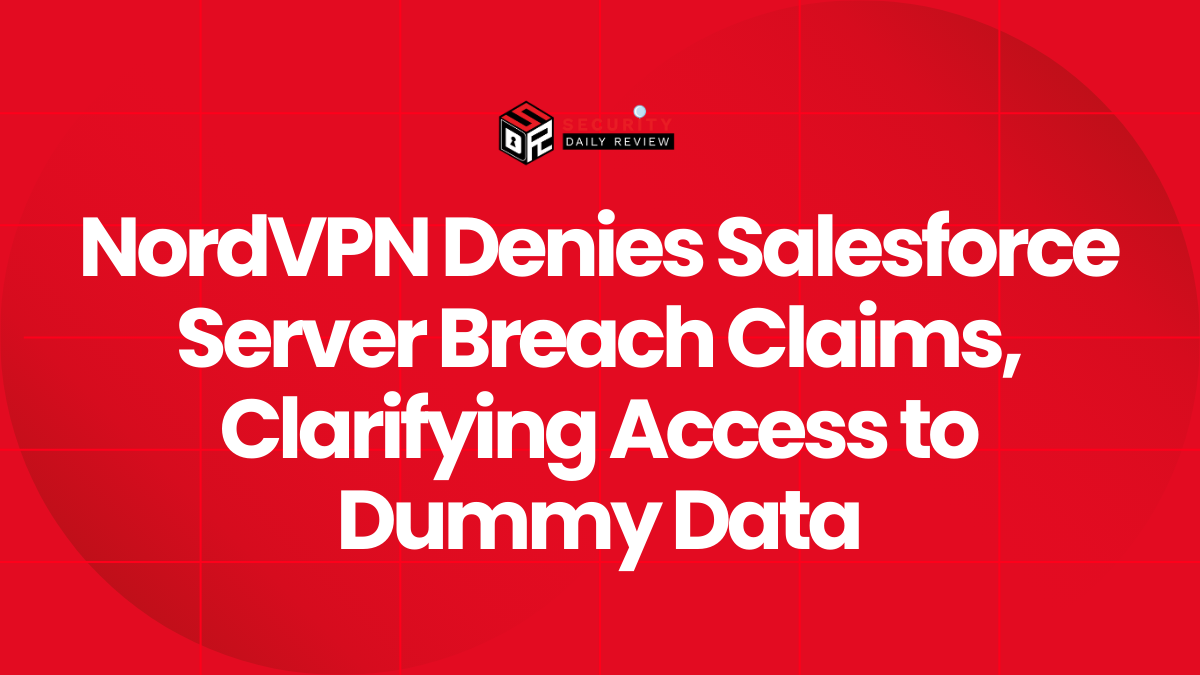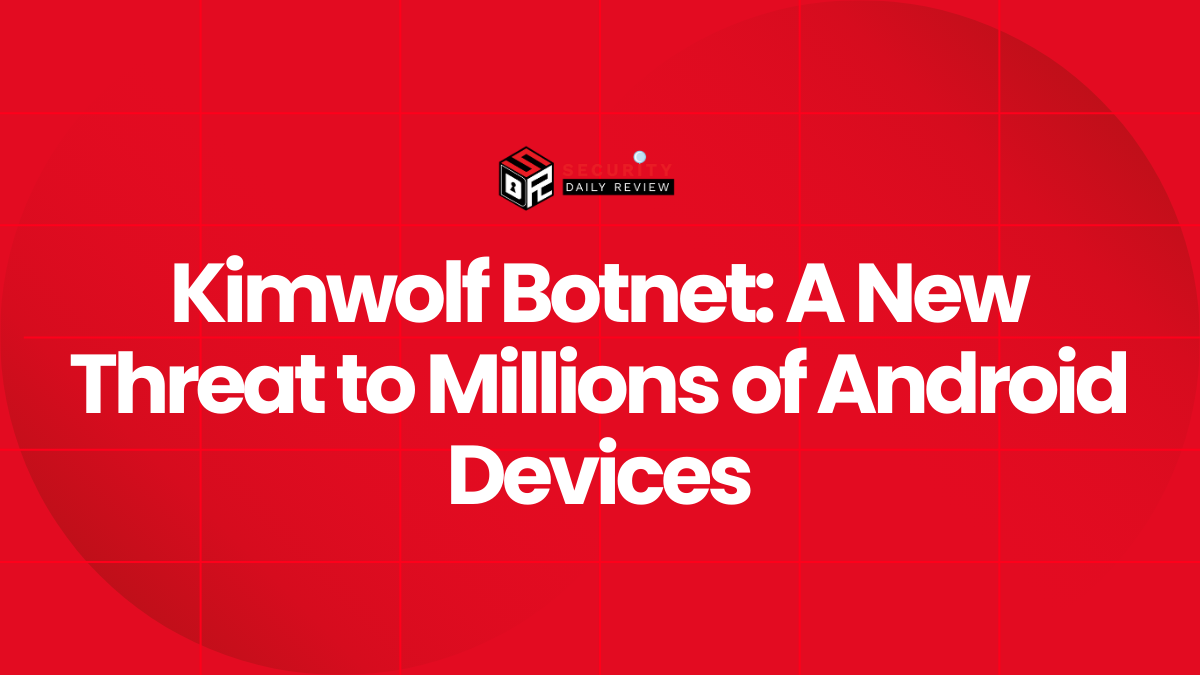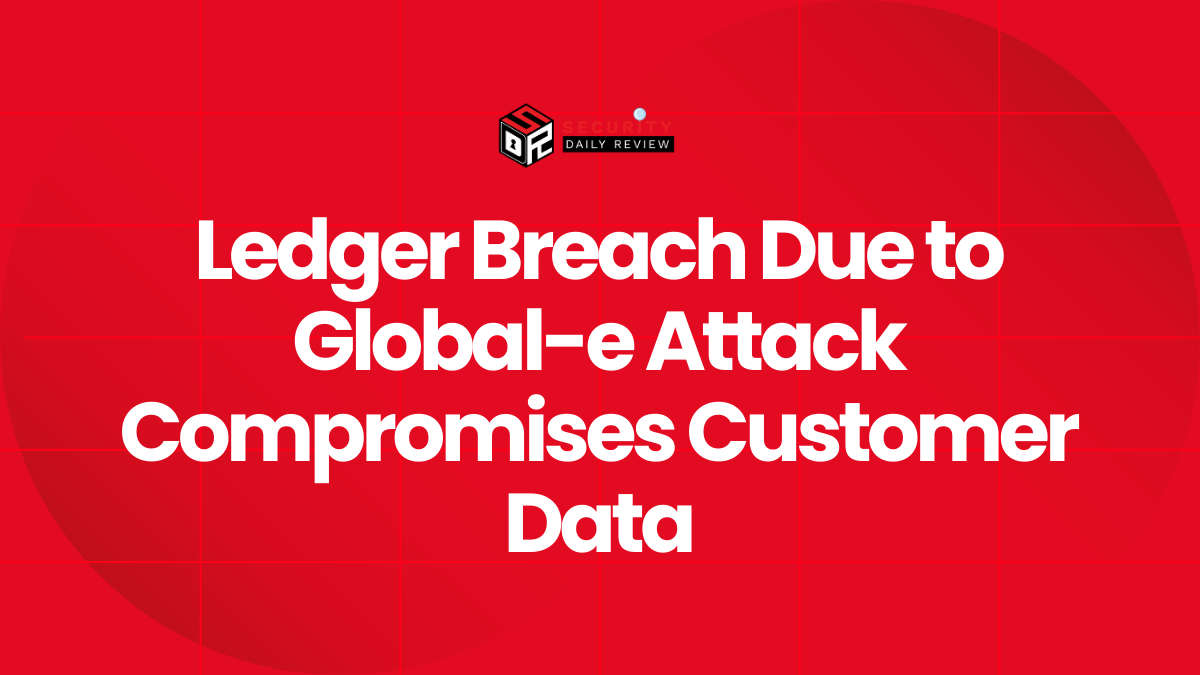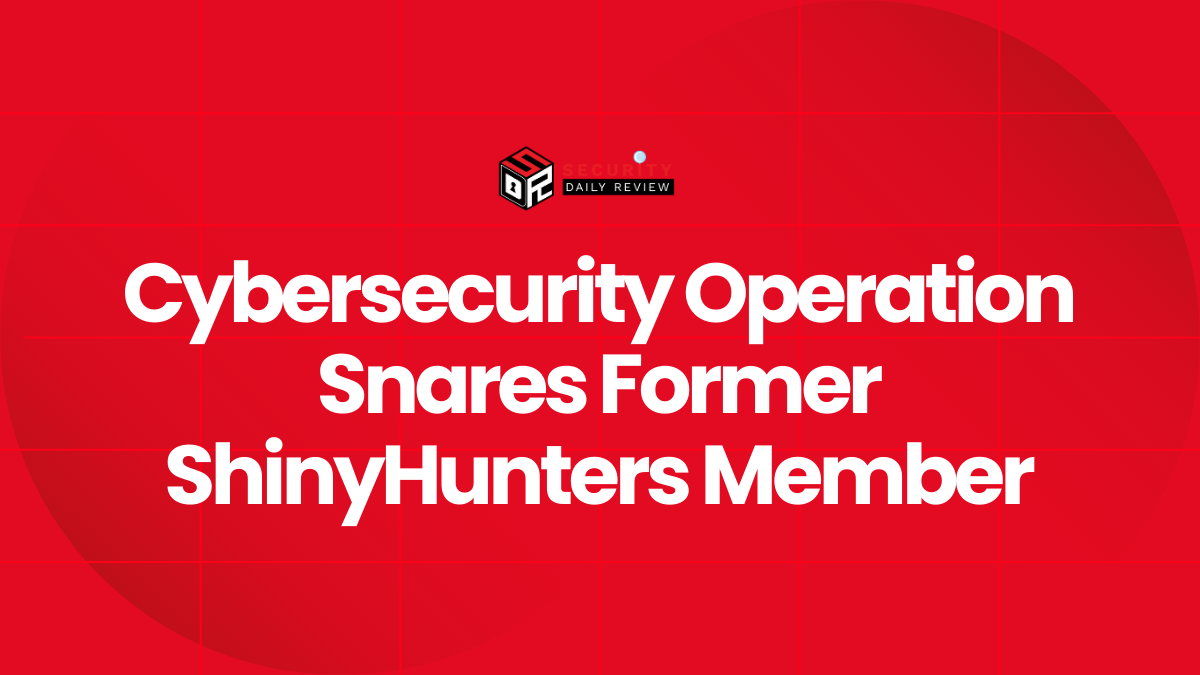Emerging cyberattack vectors in 2025 reflect a rapidly evolving threat landscape increasingly focused on high-value executive targets, critical infrastructure, and advanced technologies like artificial intelligence (AI) and deepfakes. The latest Black Arrow Cyber Threat Intelligence Briefing and corroborating reports from multiple threat intelligence sources have identified several concerning trends: sophisticated phishing campaigns aimed at CFOs, AI-enabled spear phishing and malware, deepfake-based social engineering, and renewed cyber espionage activities by nation-state actors. These developments demand a strong reassessment of defensive strategies, particularly those involving high-level executives and sensitive infrastructure.
CFOs and Executives are Becoming Prime Targets for Attackers
Targeted phishing, AI-driven deception, and remote access trojans are increasingly zeroing in on executive leadership.
Black Arrow Cyber Consulting’s latest threat briefing emphasizes a surge in cyberattacks specifically targeting CFOs and other high-ranking business executives. These campaigns leverage remote access trojans (RATs) that are capable of silently infiltrating executive endpoints to gain unauthorized access to financial systems and sensitive communications. Financial data and high-level decision-making authority make CFOs a uniquely attractive target for attackers seeking quick monetization.
AI Advances Make Phishing and Malware Extremely Convincing
The Cloud Security Alliance’s August 2025 CISO guide details how AI-powered phishing campaigns are enabling attackers to craft real-time, ultra-personalized spear-phishing emails. These messages often mimic the writing style and behaviors of trusted parties — sometimes even incorporating deepfake video or voice messages — and are tailored to the target’s digital footprint.
In parallel, malware campaigns are adopting AI-driven evasion techniques. This new class of malware dynamically adjusts its behavior to bypass modern endpoint detection and response (EDR) solutions, making legacy antivirus tools largely ineffective.
Deepfake-Based Social Engineering Expands the Attack Surface
TechRadar Pro highlights the growing threat of deepfakes used to impersonate executives. According to the Ponemon Institute’s 2025 Digital Executive Protection Report:
- 51% of security professionals observed an increase in executive-targeted cyberattacks (up from 43% in 2023).
- A growing number of these attacks leverage deepfakes to impersonate C-level executives, often requesting urgent financial transfers or sensitive information under false pretenses.
These threats are compounded by the relatively weak cybersecurity hygiene surrounding personal devices and home networks of executives. Deepfake impersonations have been seen originating from unsecured personal digital spaces, allowing attackers to target both business and personal circles with greater success.
The report concludes that executive protection must expand beyond the corporate perimeter. Defensive measures should include:
- Enterprise-grade multi-factor authentication (MFA)
- Hardware security keys
- Immutable and monitored personal device policies
- Executive and family cybersecurity training
- AI-powered identity verification systems to detect and flag deepfakes
Nation-State Attackers are Exploiting Legacy Infrastructure
Critical infrastructure and public-facing networks are under renewed assault from well-resourced adversaries, exploiting outdated systems.
According to Reuters, Russian hackers linked to FSB’s Center 16 have compromised thousands of networking devices tied to U.S. critical infrastructure sectors by exploiting a known, seven-year-old vulnerability in Cisco IOS firmware. The exploited systems include telecommunications hardware and routers across:
- Higher education institutions
- Manufacturing plants
- Industrial control environments
- Public utility and energy sector organizations
Cisco Talos indicates that the attackers have harvested and, in some cases, altered configuration files to enable long-term access and monitoring. The motivations appear strategic, aiding geopolitical goals through cyber reconnaissance and disruption capabilities. While U.S. officials have condemned the actions, the Russian government has denied any role in this cyber espionage campaign.
This long-standing vulnerability reinforces the importance of timely patch management and lifecycle governance of network hardware and firmware. CISOs must ensure that decommissioned or legacy systems are audited frequently and replaced or patched based on criticality.
Ransomware Groups Like Dire Wolf are Expanding Into Data Exfiltration Tactics
New ransomware operations increasingly rely on data theft and leak sites to amplify extortion efforts.
CYFIRMA’s intelligence report on the Dire Wolf ransomware group showcases how exfiltration is now central to modern ransomware campaigns. In a recent attack on Kingsford Development & LEADBUILD Construction Pte Ltd in Singapore, the group extracted 200 GB of sensitive information, including:
- Financial records
- Project drawings
- Sales and operational data
Dire Wolf, which emerged in May 2025, uses an onion service to publish stolen data — often including file structure overviews and sample files — as a pressure tactic against non-compliant victims. Their victimology suggests a focus on:
- Manufacturing and heavy construction
- Business support infrastructure
- Information technology service providers
These trends align with broader changes in ransomware tactics, where operational disruption is paired with reputational and regulatory damage to maximize ransom payouts.
Strategic Defense Requires New Approaches to Cyber Threat Intelligence
The 2025 threat landscape challenges conventional perimeter-focused defense strategies and demands an intelligence-first security posture.
Across these reports, a consistent message emerges: traditional cybersecurity architectures are inadequate against AI-driven, multi-vector attacks overlapping both personal and corporate spheres. Organizations must:
- Extend threat detection and response beyond the enterprise perimeter, especially for executive users.
- Implement continuous threat intelligence monitoring and apply contextual threat analysis to incident response workflows.
- Harden access controls and endpoint defenses against adaptive, AI-driven malware.
- Promote executive education and include family devices and private home networks in organizational risk assessments.
With CFO phishing, deepfake attacks, and legacy infrastructure exploits on the rise, proactive cybersecurity analysis and real-time digital threat intelligence are no longer optional — they’re foundational.

